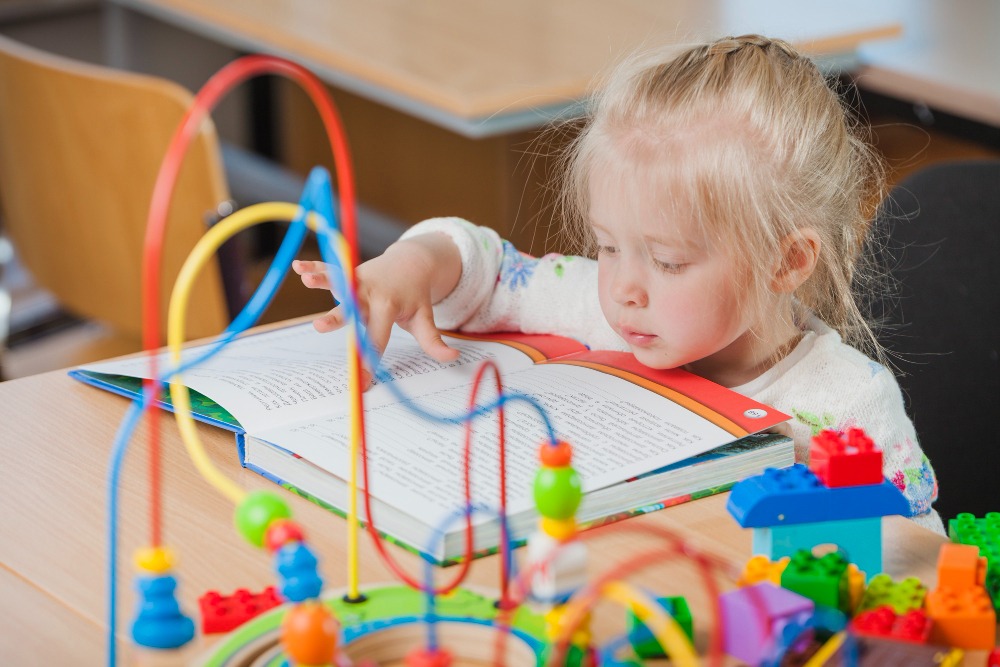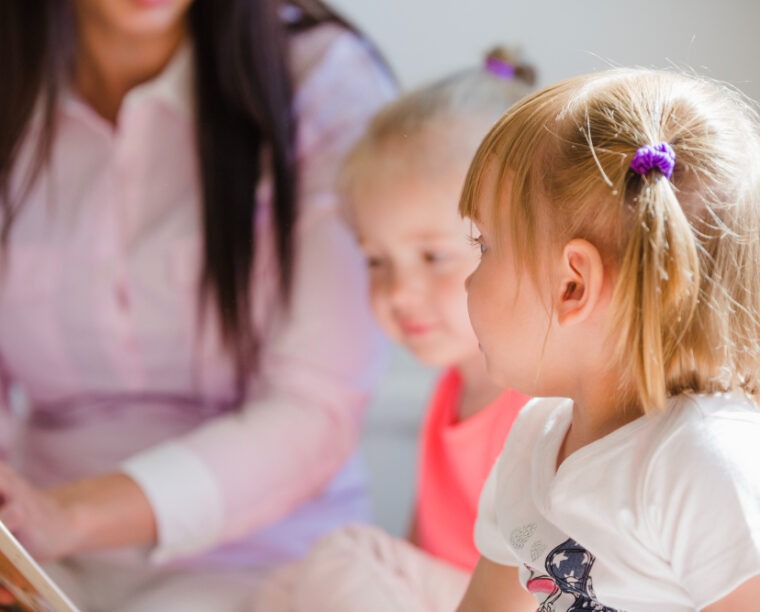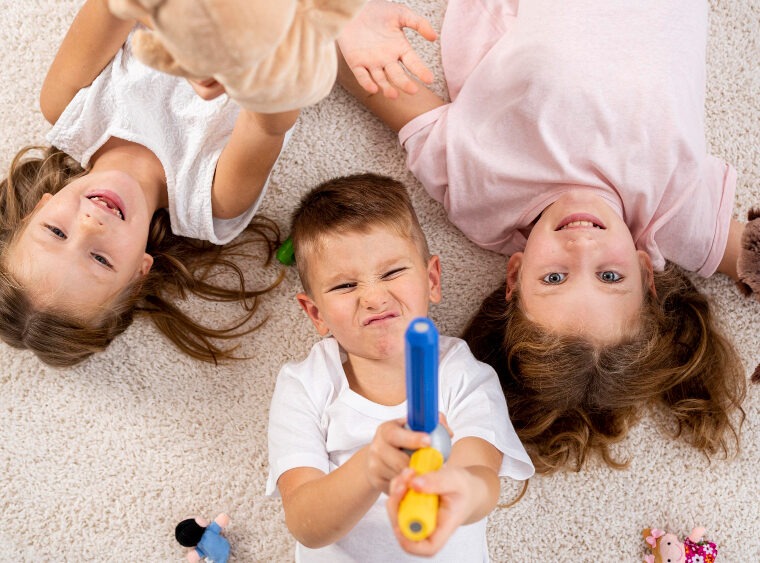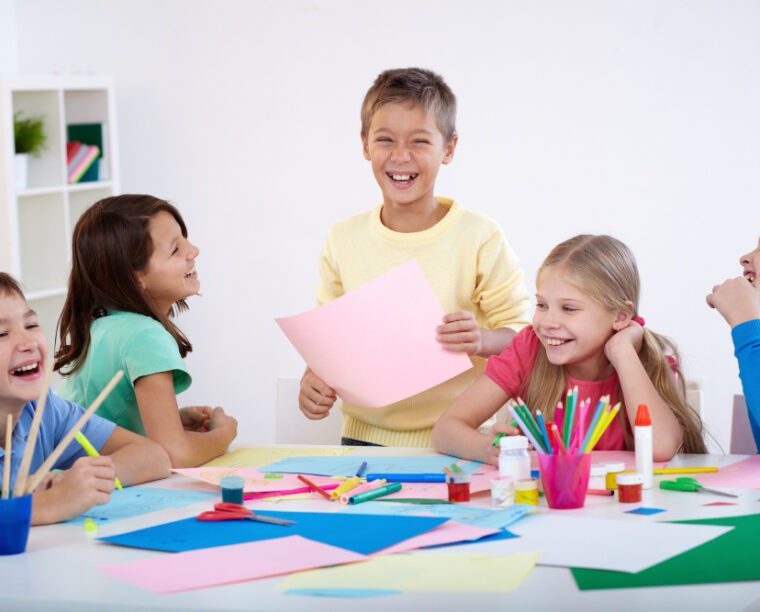
Child development refers to the continuous physical, emotional, social, and cognitive growth that takes place from birth through adolescence. Human development progresses through specific stages, encompassing motor skills, language, thinking, emotional regulation, and social abilities. Every child is unique: some reach developmental milestones earlier, others later. Understanding these stages helps parents and educators better support a child’s growth and provide the right conditions for them to thrive.
How to monitor a child's development
A child’s development can be observed through their daily activities — how they move, speak, play, and interact with others. It can be helpful to make brief notes or even keep a diary to record important changes in your child’s skills. If you have any concerns, it is always advisable to consult a specialist such as a family doctor, speech therapist, psychologist, or developmental therapist. Observation should never become a source of stress for you or the child; rather, it should reflect a gentle curiosity about their world, supported by the whole family.
Child Development at 1–2 Years
The period from 1 to 2 years is when the foundations of independence are established. Children begin to walk, actively explore their surroundings, and form their first words. Their movements become more purposeful as they develop the ability to arrange objects and build towers with blocks. By around 2 years of age, many children can use short phrases, name objects, and imitate what they see around them. At this stage, both physical development and age-appropriate language skills are particularly important. Since children learn primarily through play, it is useful to engage them in activities that promote both fine and gross motor skills, such as kneading plasticine, rolling a ball, or setting up skittles.
Development of a 3-year-old child
At age 3, children experience rapid growth in language and social skills. Little explorers begin to tell simple stories, take an interest in other children, and start creating their own rules for games. Their motor skills become more precise – they can draw circles, use scissors, and assemble more complex puzzles. The desire for independence, familiar to all parents, becomes very apparent as children want to do everything themselves. Activities such as theatrical play, modeling, and movement games with songs help nurture creativity. Mosaic assembly or construction suits calmer children, while relay races, dancing, or obstacle courses at home are ideal for more active children.
Development of a 4-year-old child
At age 4, children increasingly understand themselves and others. They can better control their emotions, make friends more easily, and begin to recognize concepts such as time, sizes, and shapes. Their speech becomes clearer, and a sense of humor emerges. Physical abilities also advance: children can hop on one foot, ride a scooter, and colour within the lines. Fine motor skills can be developed through activities such as bead stringing, button sorting, or embroidery with a plastic needle. For emotionally sensitive children, fairy tale dramatizations or drawing about “how I feel” are particularly suitable, while more active children benefit from energetic games with clear rules.
Development of a 5-year-old child
By age 5, children begin preparing for school life. They can follow more complex instructions, start counting, and recognize letters. Social skills are strengthened, as they learn to cooperate within a group and follow shared rules. Speech becomes more coherent, and their stories are longer and more detailed. Both gross and fine motor skills continue to improve: children can accurately hold a pencil, fasten buttons, and throw a ball with precision. Creative activities remain essential for all children – whether active or calmer ones – such as building with recycled materials, creating puppet shows, dancing, or exploring sensory boxes to enhance both fine motor skills and sensory development.
What to do if your child's development is slower or faster than their peers?
If your child’s development is ahead of or behind that of their peers, it is important not to worry – every child is unique and develops at their own pace. If parents notice significant delays or unusually rapid progress, consulting specialists can be helpful. Developmental differences may reveal unique strengths or challenges, which can be addressed effectively with early support and guidance.
Above all, it is essential to create an environment that nurtures the child’s overall growth: play often, talk, and explore the world together. This applies not only at kindergarten but also at home. Such an environment helps children grow into confident, independent, and happy individuals.


